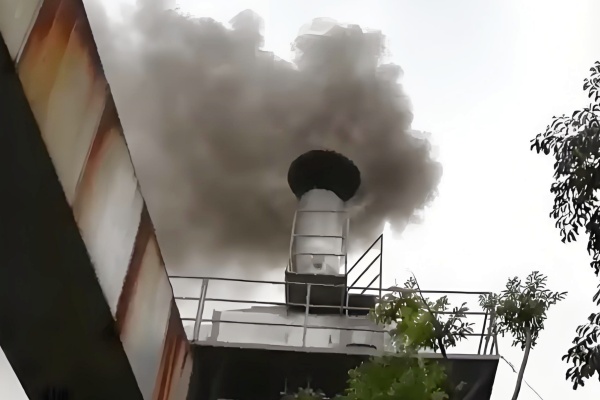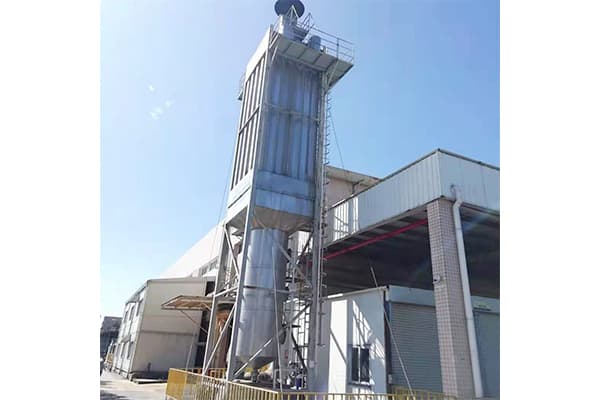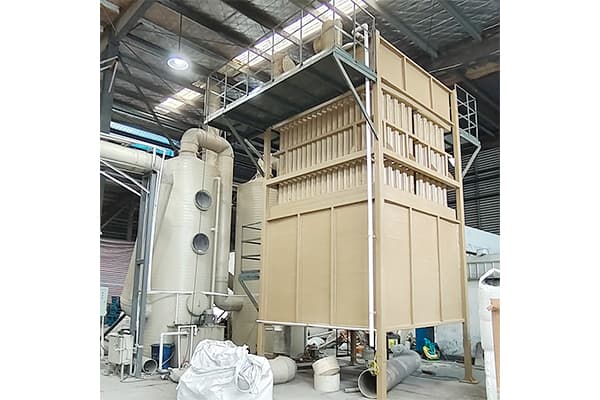How Wet Electrostatic Precipitators Effectively Control Black, Yellow, and White Industrial Smoke
Industrial processes often emit visible smoke plumes—black smoke (rich in soot and oily particles), yellow smoke (indicating sulfur compounds or NOx), and white smoke (primarily water vapor and condensable aerosols). These emissions pose environmental and regulatory challenges. Wet electrostatic precipitators (WESP) offer a versatile solution, leveraging electrostatic forces and liquid scrubbing to address complex smoke compositions. Here’s how WESP technology tackles each type efficiently: 1. Black Smoke: Targeting Soot and Oily Particulates Black smoke, common in waste incineration, biomass burning, or diesel exhaust, contains fine carbon particles and adhesive oily mists. WESP excels here by: - Charging and capturing sub-micron particles (e.g., PM2.5) through high-voltage ionization, achieving >99% removal efficiency for fine soot. - Preventing clogging with a continuous water film that washes away sticky residues, unlike dry filters . - Handling high temperatures (e.g., from industrial kilns) without fire risks, thanks to its cooling spray system . 2. Yellow Smoke: Neutralizing Acidic Gases and Aerosols Yellowish plumes often signal sulfur oxides (SOₓ), nitrogen oxides (NOₓ), or acidic vapors (e.g., HCl). WESP addresses these via: - Integrated scrubbing: Acidic gases dissolve into the water film, undergoing neutralization (e.g., SO₂ forming sulfites), reducing visible yellow emissions. - Heavy metal capture: Simultaneously traps toxic metals (e.g., lead, mercury) linked to colored smoke in metallurgy or chemical plants. - Corrosion-resistant materials: Fiberglass-reinforced plastic (FRP) or stainless-steel electrodes withstand aggressive compounds . 3. White Smoke: Mitigating Steam and Condensable Aerosols White "smoke" typically stems from saturated water vapor (e.g., cooling towers, boilers) carrying fine aerosols. WESP reduces this through: - Aerosol coalescence: Charged mist droplets combine into larger particles for easier capture, cutting opacity. - Heat recovery: Cooling exhaust gases below dew points minimizes steam plumes ]. - Closed-loop water systems: Recycle scrubbing water, reducing vapor discharge and wastewater . Operational and Compliance Advantages - Unified pollution control: One system handles particulates, gases, and mists, simplifying operations versus multi-stage setups . - Low maintenance: Automated water-washed electrodes avoid manual cleaning; no bag replacements needed . - Regulatory alignment: Enables sub-20 mg/m³ particulate emissions, meeting EPA/EU standards for visible smoke. Implementation Notes While WESP adapts to diverse smoke types, consider: - Water-sludge management: Requires treatment facilities for captured contaminants . - Gas-specific tuning: Pilot tests optimize voltage/water flow for unique exhaust compositions (e.g., high VOC loads) . Conclusion Wet electrostatic precipitators provide a robust, adaptable solution for industrial black, yellow, and white smoke. By combining electrostatic precipitation with liquid scrubbing, they achieve high-efficiency pollutant removal while supporting sustainability goals. For facilities facing multi-faceted emission challenges—from incinerators to boilers—WESP offers a compliant, cost-effective pathway to cleaner operations.
 How Wet Electrostatic Precipit
How Wet Electrostatic Precipit
 Wet Electrostatic Precipitato
Wet Electrostatic Precipitato
 Effective Purification of Dryi
Effective Purification of Dryi
 Effective Treatment of Metal
Effective Treatment of Metal


